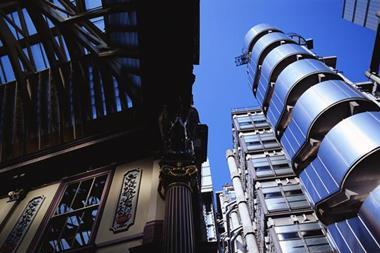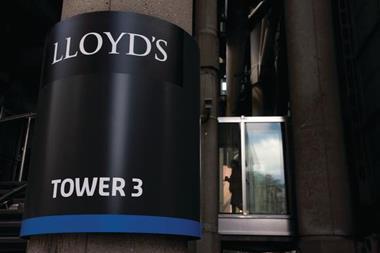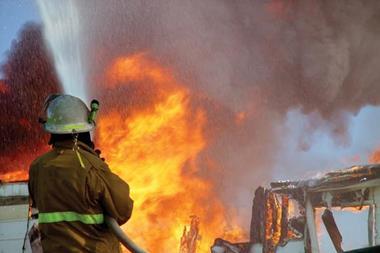Lloyd’s insurer urges caution on timber-frame buildings
Lloyd’s insurer Mitsui Sumitomo at Lloyd’s has urged property owners and occupiers to establish whether their buildings are of timber-frame construction before making repairs or alterations.
The insurer said that although the potential for fire to seriously damage or destroy timber-frame buildings during the construction phase is recognised, the problems are often forgotten once the building is occupied. This vulnerability is often overlooked as many buildings are clad with brick and can appear to be traditionally constructed.
Occupiers or tradesmen making modifications should be instructed to investigate and fully understand the nature of the construction materials and their associated risks before beginning works, especially when applying or generating heat, Mitsui contended. As an example, a plumber undertaking hot work to alter copper piping penetrating a wall cavity could ignite elements of the internal structure, such as combustible insulation or even the timber frame itself.
In addition, the insurer said brokers should check that policyholders have correctly described the construction of their building as the use of cladding can often mask the true nature of the construction. This could possibly be construed as a failure to disclose a material fact and might lead to a claim being declined.
“In the UK, timber frame is considered a relatively new technology for construction firms and associated trades alike. As a result, there are currently crucial risk knowledge gaps where a lack of understanding can lead to increased risk of fires starting or spreading if they take hold,” said Roger Bacon, risk engineering account Manager at Mitsui Sumitomo at Lloyd’s, in a statement.
He added: “With the inevitable move into a future where carbon neutrality and sustainability will be key factors in the selection of building methods, we can expect timber framed construction to at least maintain its presence in the UK. The responsibility therefore falls to both the insurance and construction industries to take the lead in risk management education in order to minimize fire risks throughout the life-cycle of the building.”
Hosted by comedian and actor Tom Allen, 34 Gold, 23 Silver and 22 Bronze awards were handed out across an amazing 34 categories recognising brilliance and innovation right across the breadth of UK general insurance.













































No comments yet